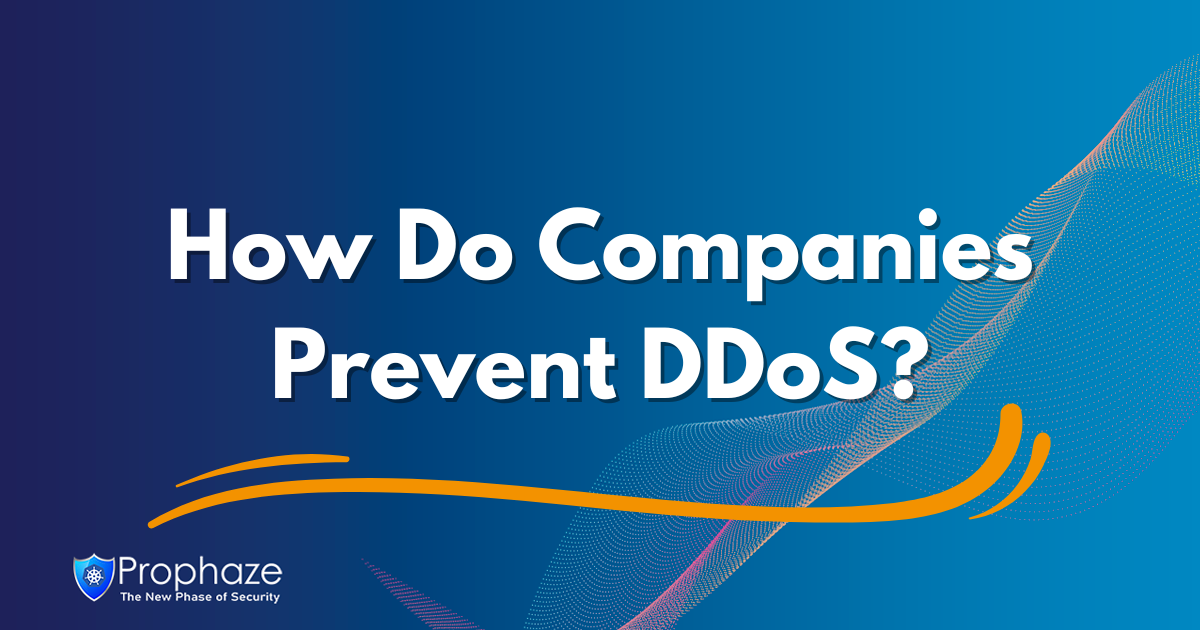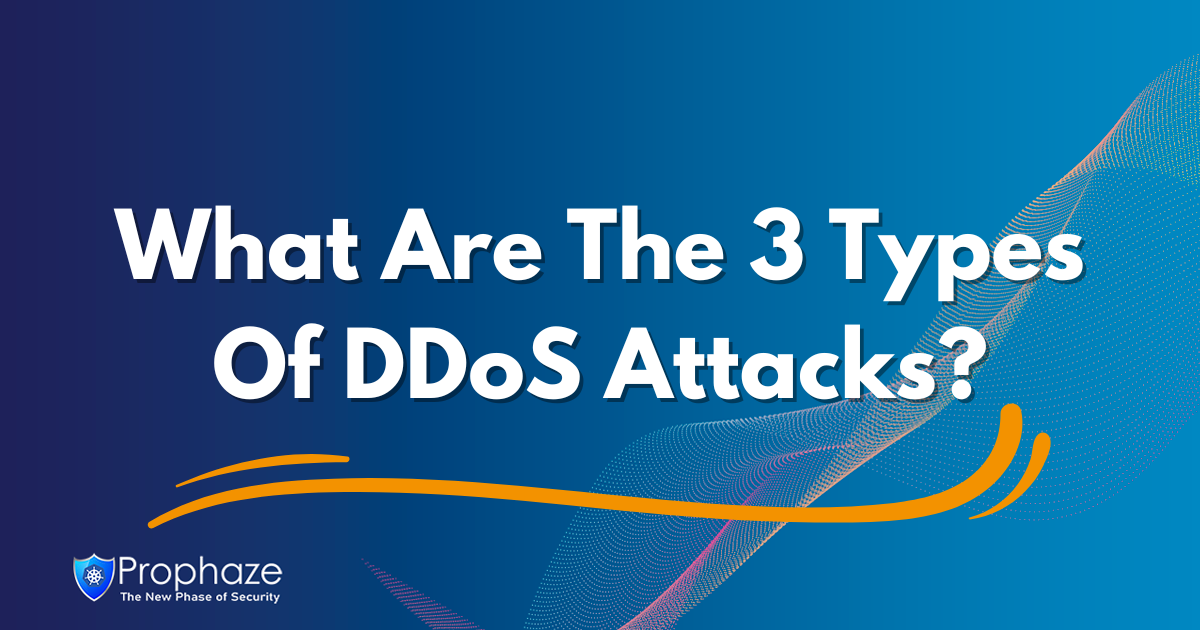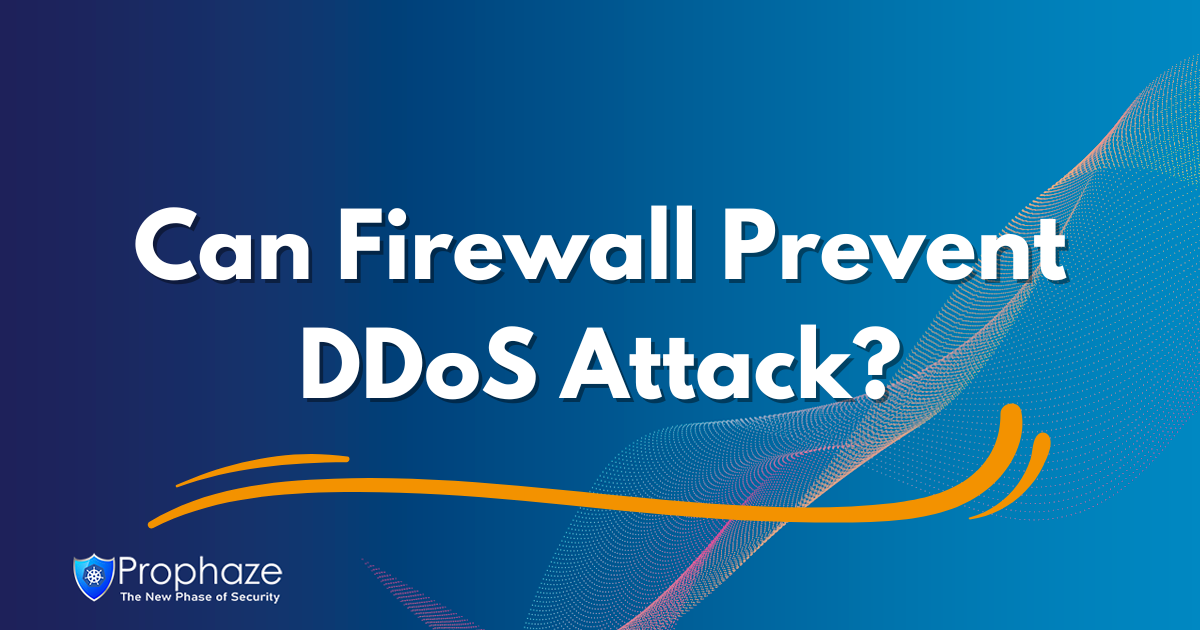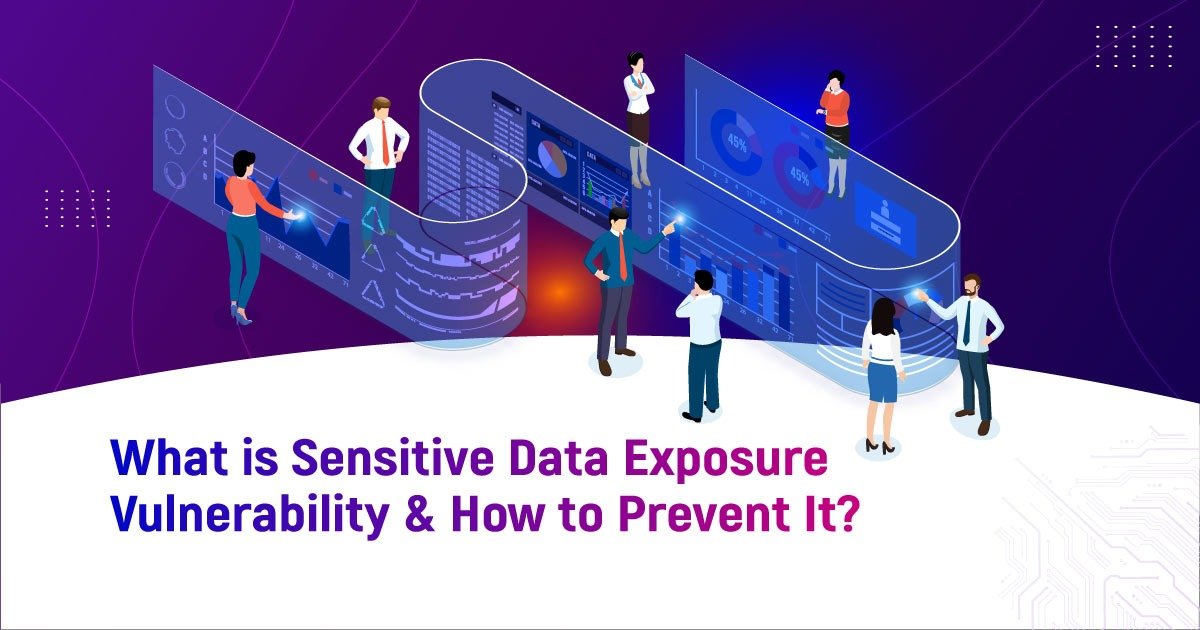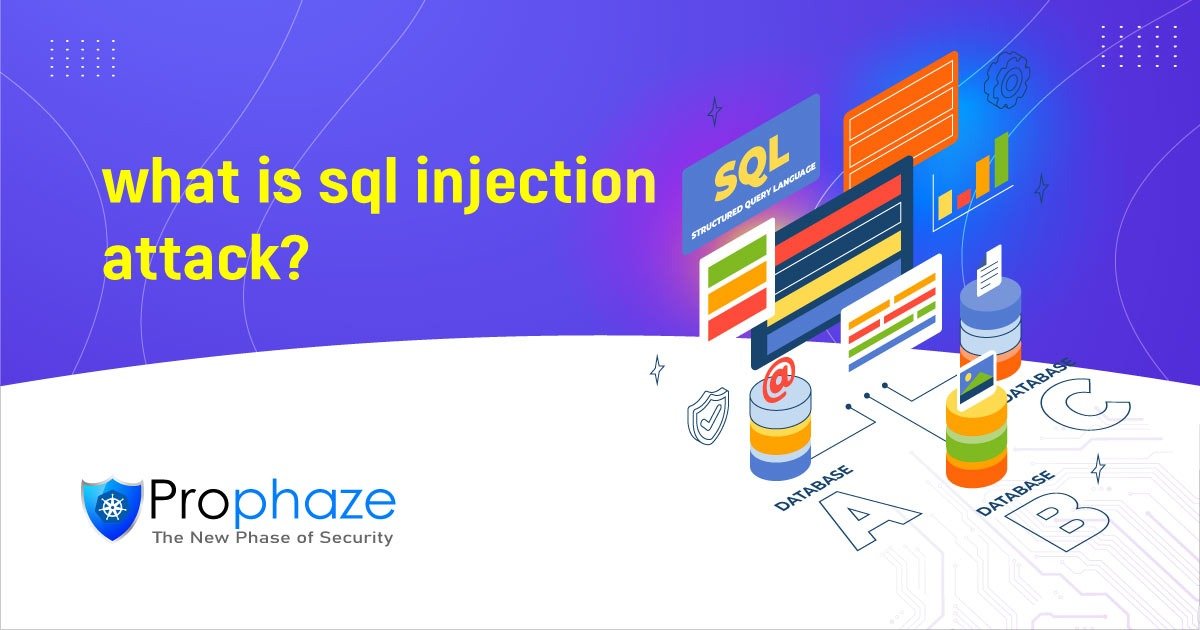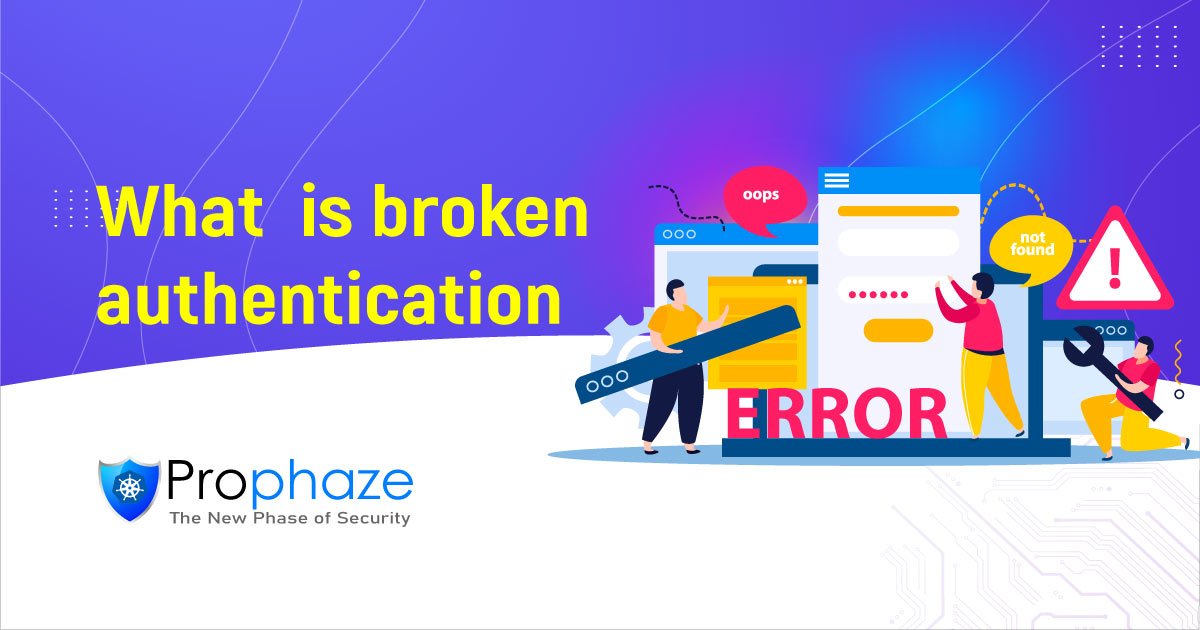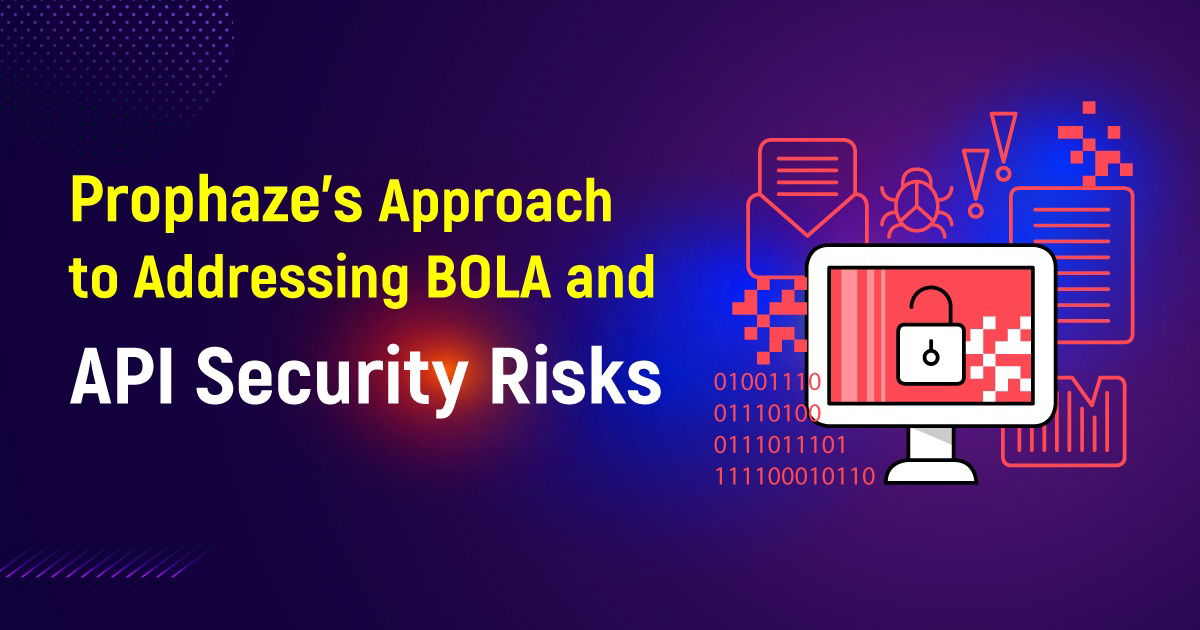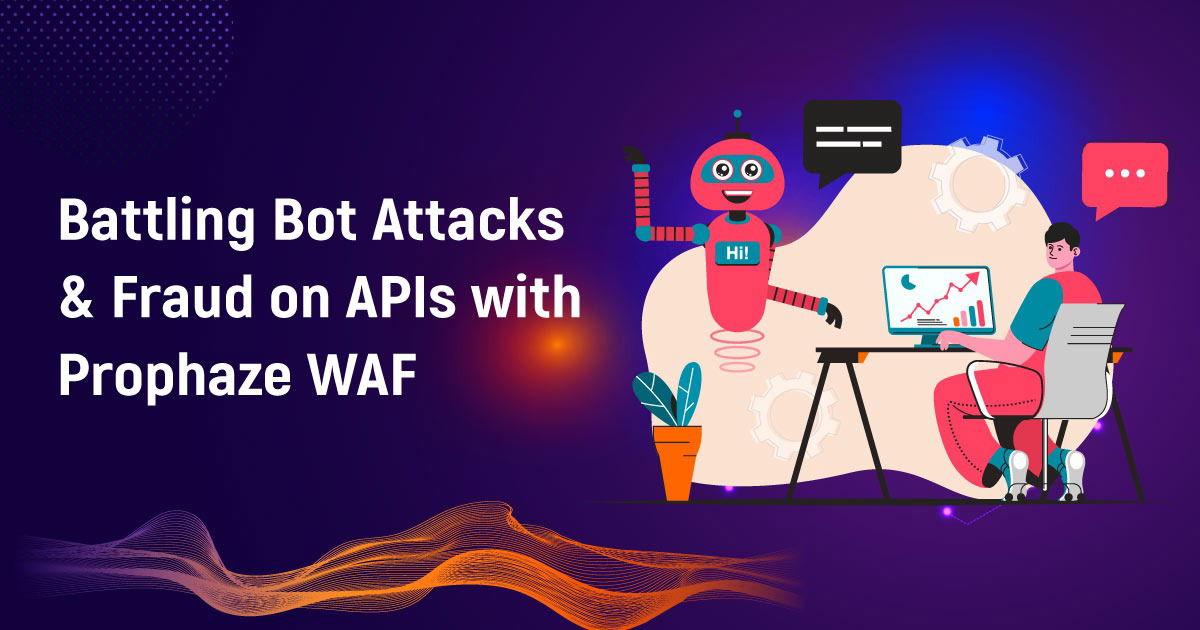Unleashing the Defenders by Exploring the Power of DDoS Protection Guards
Distributed Denial of Service (DDoS) attacks have become a prevalent and formidable threat to businesses and organizations in today’s interconnected world. To combat this digital threat, DDoS protection guards have emerged as a critical component of any robust cybersecurity strategy. In this blog, we will look at the concept of DDoS protection guards, their vital function in mitigating DDoS attacks, and the key characteristics that make them indispensable defenders in the cybersecurity landscape.
DDoS Attacks
DDoS attacks involve flooding a target system or network with malicious traffic, causing disruption and making services inaccessible to legitimate users. These attacks could ruin companies, resulting in financial losses, reputational damage, and a significant negative impact on customer trust.
Understanding DDoS Defense Guards DDoS protection guards are highly specialized security solutions that detect, mitigate, and prevent DDoS attacks. They serve as the first line of defense, actively monitoring network traffic in real-time and employing advanced algorithms and intelligent analytics to detect and respond to potential DDoS attacks. These guards act as barriers against malicious traffic, ensuring the availability and continuity of online services.
The Role of DDoS Protection Guards
Real-Time Threat Detection:
DDoS protection guards continuously monitor network traffic patterns, employing sophisticated algorithms to detect anomalies and patterns indicative of a DDoS attack. They enable proactive defense measures by quickly detecting suspicious traffic behavior.
Mitigation of DDoS Attacks:
When a DDoS attack is detected, DDoS protection guards use several different mitigation techniques to neutralize the threat. These techniques include traffic filtering, which distinguishes legitimate traffic from malicious requests, rate limiting to limit traffic volume from suspicious sources, and traffic diversion to alternate paths or server clusters to handle the flood of traffic.
Scalability and Elasticity:
DDoS protection guards are designed to handle high-volume attacks due to their adaptability and scalability. They can allocate resources dynamically to accommodate changing traffic patterns and emerging attack vectors, ensuring continuous protection.
Automated Response:
DDoS protection guards excel at computerized response mechanisms, allowing them to initiate mitigation actions without requiring human intervention. This quick response time helps to mitigate the impact of attacks, ensuring business continuity and lowering the risk of lengthy service disruptions.
Key Features of DDoS Protection Guards
Traffic Monitoring and Analysis:
DDoS protection guards continuously monitor network traffic, analyzing patterns and characteristics to detect deviations from normal behavior. This proactive approach allows for the early detection of potential DDoS attacks, resulting in quick countermeasures.
Intelligent Traffic Filtering:
DDoS protection guards can use sophisticated traffic filtering techniques to distinguish between legitimate user requests and malicious traffic. They can apply granular filtering rules to block or divert suspicious traffic while allowing legitimate traffic to reach its intended destination.
Load Balancing and Traffic Redirection:
DDoS protection guards can use load-balancing techniques to redirect traffic to different paths and distribute it across multiple servers. This capability absorbs and allocates the impact of volumetric attacks, ensuring optimal performance and availability.
Reporting and Analytics:
DDoS protection guards include extensive reporting and analytics capabilities. They provide information about attack trends, traffic patterns, and the efficacy of mitigation strategies. These insights enable organizations to improve their security posture and defense mechanisms.
Conclusion
DDoS protection guards are essential cybersecurity guardians, defending against the disruptive force of DDoS attacks. DDoS protection guards ensure the availability and resilience of online services through real-time threat detection, proactive mitigation, and advanced traffic management capabilities. In an increasingly interconnected world, organizations can fortify their digital perimeters, protect their reputation, and maintain customer trust by deploying these robust security solutions.

